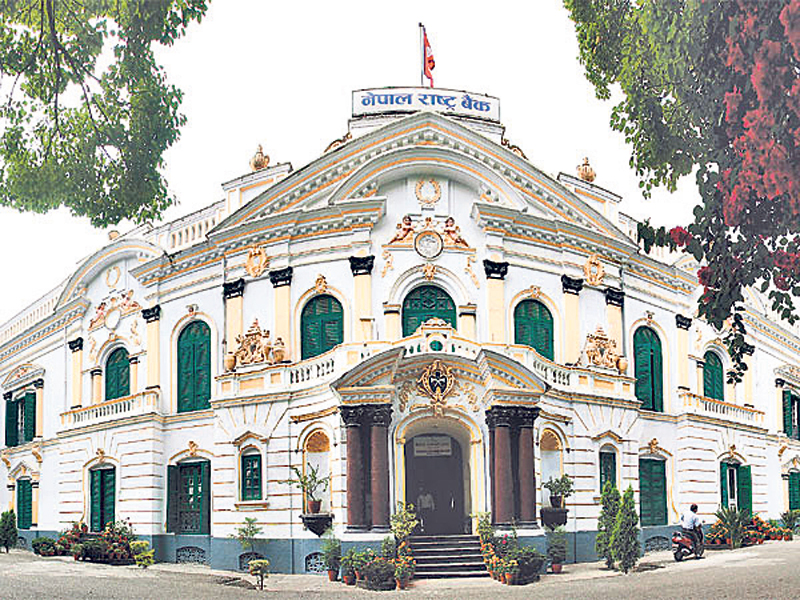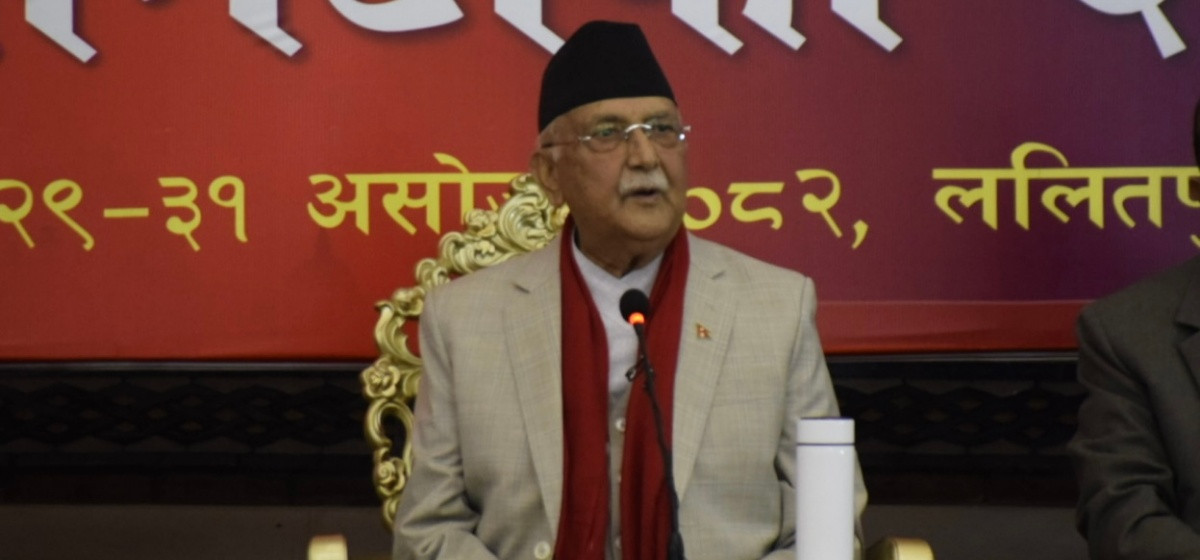KATHMANDU, July 31: Despite declining interest rates, investors are increasingly turning to government-issued development bonds, driven by sluggish economic activity in the real sector and limited attractive investment alternatives.
Although interest rates on development bonds have fallen in recent weeks, these long-term credit instruments remain appealing due to heightened risks and low returns in other business ventures. This growing interest is evident in the surge of applications received by the Public Debt Management Office (PDMO) for bond subscriptions over the past week.
According to PDMO records, the government issued two public calls to sell development bonds worth Rs 20 billion during the past week. In response, the office received applications amounting to Rs 137.06 billion—almost seven times the targeted amount.
Revised interest rate corridor system introduced

Banks and financial institutions (BFIs) have recently parked more than Rs 591 billion in excess liquidity with Nepal Rastra Bank (NRB). Consequently, the discount rate on short-term treasury bills has fallen sharply, dropping to as low as 2.5 percent per annum.
Similarly, the interest rate on long-term development bonds has decreased to 3.07 percent annually, down from an average of 4.73 percent a year ago.
Bankers attribute the drop in government bond rates to NRB’s current monetary policy, which aims to lower interest rates through adjustments in the bank and policy rates. “In addition, BFIs are voluntarily lowering their base interest rates to expand their lending portfolios,” said a banker who requested anonymity.
According to the bond issuance calendar released by the PDMO, the government plans to sell four development bonds worth Rs 40 billion between mid-July and mid-August. In the first quarter of the current fiscal year, it intends to issue 11 development bonds with maturities ranging from 3 to 11 years.
As part of its internal borrowing strategy, the government aims to raise Rs 113 billion in domestic debt by mid-October. Of the total planned public debt of Rs 595 billion for the current fiscal year, Rs 362 billion is expected to be raised through domestic borrowing. The government has allocated Rs 375.24 billion for interest and principal repayments on public debt.
Economists note that lower internal debt interest rates could offer some relief to the government amid rising financial burdens caused by the appreciating US dollar and increasing interest rates on foreign loans. Recently, the exchange rate of the US dollar surpassed Rs 140.18, while the World Bank has doubled its interest rate to 1.5 percent per annum on its upcoming loan assistance to Nepal.




































